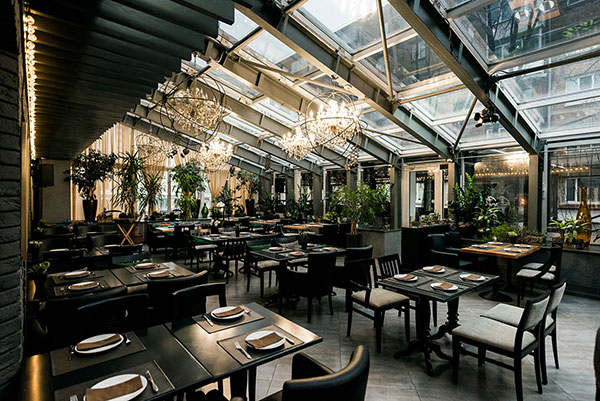Website design is one of the most valuable aspects that every restaurant business should consider. Your website is the starting point for growing the business. It is the virtual space where you build your brand and reputation. Now that nearly everyone in the world uses the internet, its impact on your business today is limitless.
Many things changed in 2012. And restaurant website design is among those that experienced major changes. Unfortunately, what seemed to be potentially smart techniques that business owners to help convert sales in the past turned out to be perfect tools for driving away customers.
Listed below are the 5 major mistakes that restaurant websites made in the past and their corresponding fixes for 2013.
Mistake #1 – Food Menus in PDF
This is by far the most common mistakes made by most restaurant owners. Users still need to download a PDF file before they can view the current menu. Many users hate it when they are required to download something just to go over your menu.
Secondly, PDF’s are not easily readable on many mobile devices. They require the potential customer to “pinch” the mobile phone screen with their fingers and zoom in. This is an example of poor user experience (UX). This is an annoying hassle and can create frustration, especially for less tech-savy customers, resulting in lost sales from new and potentially recurring customers. This is such a simple fix for restaurants and yet they continue to avoid making their menus text-based and easy to read, essentially throwing profit away.
Finally, PDF-based restaurant menus are not ADA compliant and 100% web accessible. This opens you up to potential lawsuits around making sure your website so compliant for those with disabilities.
Mistake #2 – Auto-Play Music
Auto play music had been a trend in website design for a while in the past. Many websites kept up with this annoying trend, their music playing automatically (and without warning) as soon as the website loads up. Most visitors hated it, primarily because it prevents them from absorbing what’s presented on the site.
Visitors are always looking for information along with a pleasant browsing experience and not a distracted experience. When they can’t find the usually tiny pause button, they end up clicking the back button and leave your website.
The most effective way to correct this mistake is to simply turn the music off or avoid music on websites. If you feel you must have music, make it an option to turn on, not turn off.
Mistake #3 – Flash Website
Flash was originally created as a multimedia component designed for web videos, music, photos, and other rich content. Many website users have cited problems with a website that is entirely created from Flash. From slow loading experience, complicated navigation to annoying auto play videos, all of these problems can make your restaurant website suck. And yes, most these problems are caused by Flash.
Additionally, Flash doesn’t work well on most mobile devices such as iPhones and iPads. This means that potential customers are blocked from your restaurant website. However, it doesn’t mean that Flash should totally be avoided. Flash should only be used sparingly as a tool to enhance web content.
If your website is flash-based, the best strategy to create a simpler, faster, easy to update, mobile and search engine-friendly website is to redesign it in HTML, PHP or CSS platforms.
Mistake #4 – Splash Intro Pages
Website intro pages are also known as splash pages. They are pages with big images which are often used as a welcome message on a homepage. Why is it a bad design concept? Most visitors will dislike the idea that he or she has to wait for such images to appear and take an extra step to enter into your website. Your visitors will appreciate if you remove the splash intro page and let them go straight to the information they need.
You can make your website more accessible by making it compatible with most platforms and devices.
Mistake #5 – Not Performing a Compatibility Test On All Browsers & Devices
The idea here is to provide the best viewing experience for all visitors. If your website looks great in a 13-inch screen laptop running windows 7 via internet explorer browser, it may not render the same way with other browsers and devices. A professional website designer should be able to consider all the variables such as the browser, the device, the operating system and screen resolution that come into play to ensure that your restaurant website works well with all browsers and devices.
